Schneider Electric Cooling systems

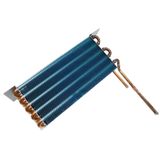
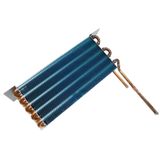
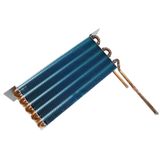
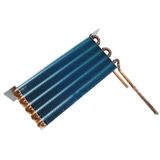
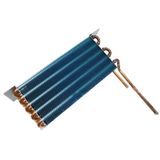
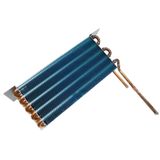



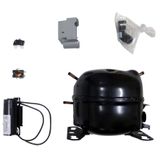
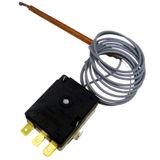
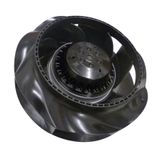
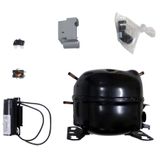

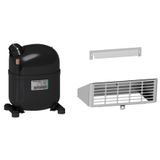
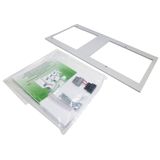

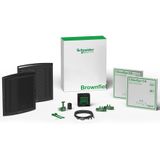

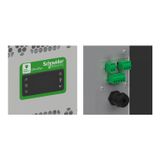
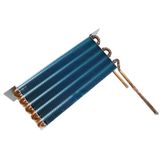
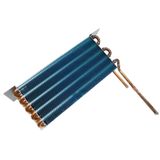

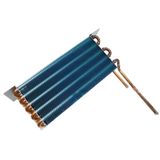
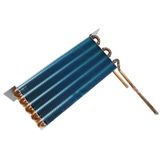

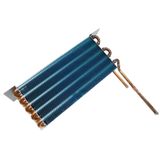
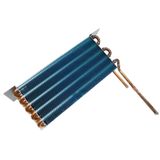

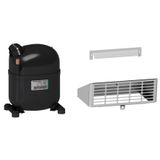
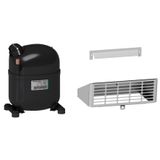



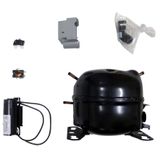

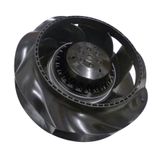


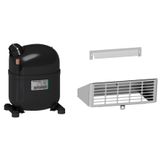
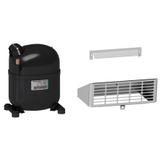
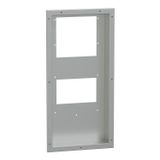
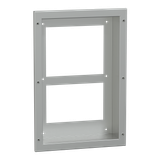
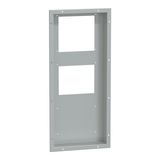


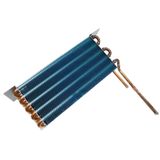





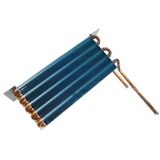
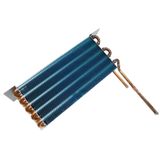
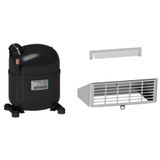


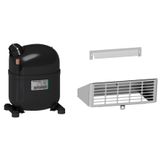
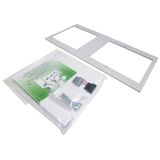
-
-
1
- 2
-
Schneider Cooling Systems for panels, IT racks, and plant rooms
Engineers use this portfolio to keep electrical enclosures, MCC galleries, and edge IT racks inside their thermal envelope without guesswork. Solutions span filtered fan kits, roof and side-mounted heat exchangers, direct-expansion (DX) cabinet coolers, row/room units for small server rooms, and control accessories that close the loop with BMS/SCADA. Electrical inputs are 230 V AC single-phase or 400 V AC three-phase; EC fan stages cut absorbed power at part load. Typical operating window: −20…+55 °C (model-dependent). Protection ratings reach IP54/IP55 on sealed bodies; condensate management includes integrated pumps or gravity drains with anti-siphon details.
Schneider Ventilation Units for enclosure duty
Filtered fan/roof sets move ~100–1 200 m³/h per door or panel, sized by dissipation (W) and ΔT setpoints. EC impellers provide speed control via 0–10 V or PWM; IP54 variants use pleated media and rain hoods. ISO 16890 media classes (ePM10/ePM2.5) preserve duct cleanliness and extend cleaning intervals. Noise is typically 45–65 dB(A) at 1 m; service from the outside face keeps downtime short. Where airborne oils or conductive dust exist, swap to sealed air paths (air-to-air heat exchangers) to avoid ingesting contaminants.
Schneider HVAC Solutions for high loads and mixed rooms
When heat density passes what free ventilation can remove, closed-loop units take over.
- Air-to-air heat exchangers: sensible transfer with separate circuits; 300–2 500 W capacity, no condensate in the cabinet.
- DX cabinet coolers: 1–6 kW nameplate, R-410A/R-134a/R-32 family (model-specific); hot-gas bypass stabilizes coil temperature at partial loads; hydrophobic coils resist fouling.
- In-row/room units: 7–35 kW for edge compute or control rooms; variable-speed compressors and EC fans keep PUE low.
All variants ship with door/side/roof kits and vibration-isolated mounts; alarm relays expose high temp, door open, condensate status, and compressor faults to PLCs or BMS.
Product range and integration overview
- Vent sets for light/medium loads and clean halls.
- Sealed exchangers for dusty lines, foundries, and wood shops.
- DX coolers for high-loss VFD/MCC enclosures and compact server pods.
- Row/room units where multiple racks or cabinets share a space.
- Accessories: temperature/humidity probes, differential pressure switches for filter-clog alarms, door micro-switch kits, condensate pumps, cable glands, and mounting plates matched to common enclosure grids.
Technical specifications engineers expect
Electrical compliance: IEC/EN 60335 (refrigeration), EN 61000-6-2/-6-4 (EMC), and IEC 60204-1 for panel wiring.
Controls: 0–10 V or Modbus RTU on cabinet units; room systems add BACnet/IP or Modbus/TCP.
Thermal: capacity curves published at 35/45 °C ambient; ΔT sizing sheets available per enclosure volume and loss.
Condensate: stainless trays, float switches, and freeze-protection algorithms; heater kits keep doors condensation-free in humid halls.
Mechanics: powder-coated steel or stainless (AISI 304/316) shells; gaskets preserve IP after service. Service clearances and coil access are documented per model to hit MTTR targets.
Applications and sizing logic that save time
- MCC and VFD galleries: DX coolers sized from drive losses + cable I²R; sealed exchangers where dust is present.
- PLC/radio/edge IT racks: in-row units with hot-aisle containment; EC fans trim noise for occupied rooms.
- Packaging/food lines: stainless bodies, IP55 doors, and sloped tops; filtered vent sets only where airborne moisture is controlled.
- Outdoor kiosks: sun-shields and wide-range compressors; heater kits for winterization.
Field tip: compute heat (W) = Σ losses, then airflow m³/h ≈ 3.1 × W / ΔT(°C) for ventilation. Above ~1 kW or where contaminants exist, move to sealed exchange or DX.
Electrical and controls topology
Upstream protection uses Acti9 RCBO/MCB sized to LRA/FLA tables; compressor circuits may need D-curve or soft-start where inrush is tight. Alarms wire to PLC DI or BMS points; analog temp feeds or Modbus objects make setpoint resets and trend logs simple. Room units expose run hours and filter life to maintenance. Tie the alarms to contactor interlocks for “temperature-safe enable” on sensitive equipment.
Installation and service practices that prevent callbacks
Keep condenser intake and exhaust separation ≥ 300 mm; avoid VFD exhaust streams. Maintain straight drain runs with traps where negative pressure applies; prime pumps after service. Preserve enclosure IP by using the supplied gland plates and torque values; replace gaskets during coil service. For vent sets, position filters low-turbulence and document cleaning intervals based on ΔP rather than calendar alone.
Selection criteria for B2B teams
- Thermal load and environment: ventilation for clean, low-loss panels; sealed exchangers for dust/oil; DX where W/m³ is high.
- Ingress and materials: IP54/55, coated steel vs stainless; lens/polycarbonate guards in wash-adjacent zones.
- Controls/telemetry: Modbus/BACnet where fleet diagnostics matter; dry-contact only for simple panels.
- Noise and occupancy: EC stages and acoustic kits in operator rooms.
- Service model: front-service coils, removable filters, common spares, and identical hole patterns across frame sizes.
For comfort-adjacent panels or operator booths, specify schneider air conditioning modules on the same drawings so procurement ties comfort and cabinet cooling to one vendor set.
Compatibility with Schneider ecosystems
Cooling hardware lands cleanly on Schneider enclosures (Spacial/Prisma) and power tiers (Acti9/ComPact). Status points publish to Modicon PLCs and EcoStruxure BMS; energy meters (iEM/PM series) track compressor kWh for KPI dashboards. Door micro-switches and EDM chains tie into safety logic where fan doors open into guarded areas. If you standardize alarm objects and naming, schneider cooling control systems remain plug-and-play across sites.
Advantages of working with Bankoflamps
Bankoflamps aligns pricing with your thermal model and enclosure schedule, shows real-time EU stock before you book installers, and turns quotes fast—typically around an hour. Ordering by EAN/MPN avoids variant drift; your portal shows lead times, shipment status, and downloadable price lists. Approved partners can use post-payment up to 30 days. We consolidate partials to cut freight and hold price-validity windows so phased builds stay predictable. Your account manager cross-checks capacity curves, IP/material choices, controls protocol, and mounting kits against your drawings so pallets arrive complete—ready to bolt up and wire.